Aung San and the Struggle for Burmese Independence
by Angelene NawStatus : Out of print
Aung San, “the architect of Burma’s freedom,” was one of the most important political figures in the history of Burma’s struggle for independence. Beginning as a student leader and activist in the 1930s, Aung San went on to assume prominent leadership positions in Burma’s nationalist movement. At the beginning of World War II, he organized a clandestine trip to Japan in search of funds and military training in order to fight against British imperialism, but his close-knit group of “Thirty Comrades” found it necessary to resist not only the British, but also the Japanese. In the postwar years, Aung San became Burma’s chief negotiator for independence from Britain, Focusing much of his energy on promoting cooperation and unity among Burma’s many minority ethnic groups. Aung San’s tragic assassination in 1947 at the age of thirty-two denied him the privilege of seeing his country claim the independence to which he had dedicated his life.
This well-researched and readable history by Angelene Naw sets the life of Aung San squarely in the context of Burma’s historic struggle for freedom, which indeed is the story of Aung San’s own struggle. Photographs and texts of documents written by Aung San enliven the account.

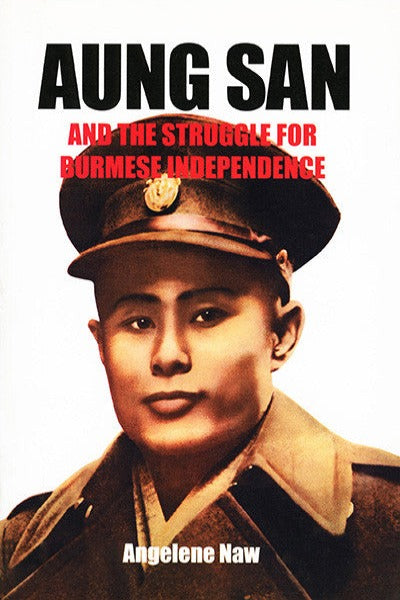
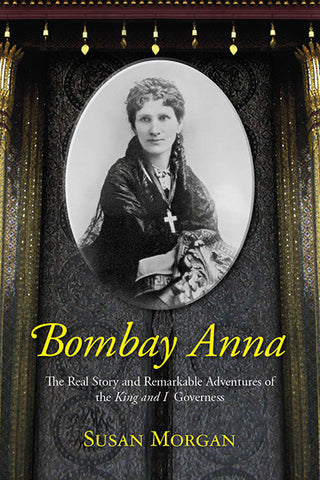

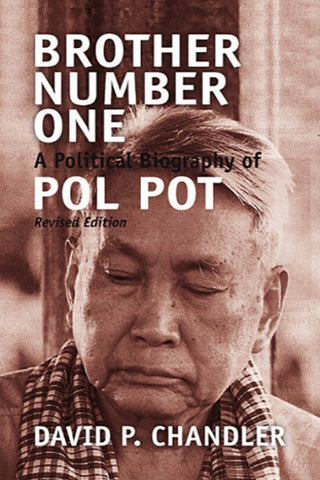
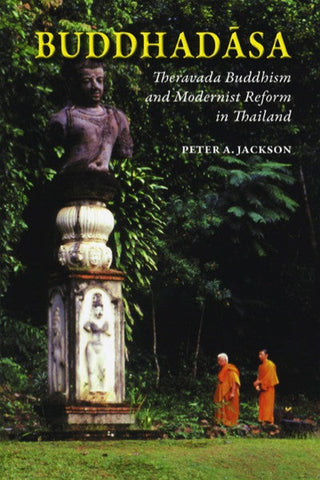
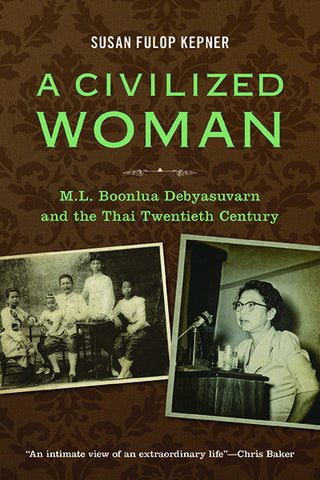
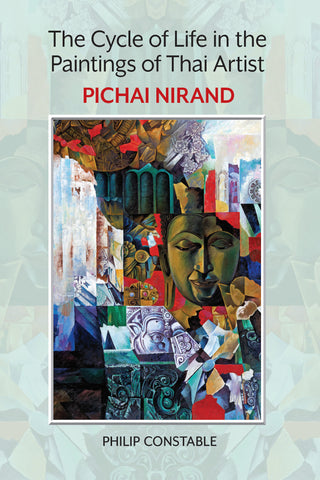
Share this item: